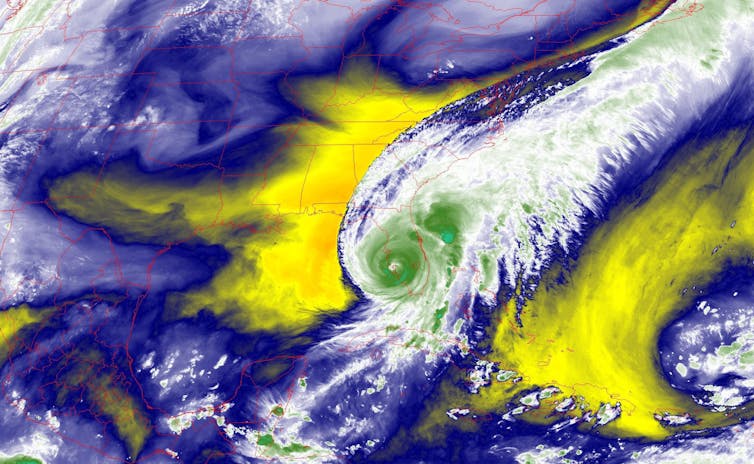Hurricanes are powerful tropical storms characterized by strong winds, heavy rainfall, and storm surges than can cause widespread destruction in coastal regions. These storms form over warm ocean waters and can intensify rapidly, posing significant threats to life and property. As climate change warms the oceans, hurricanes are becoming more intense and frequent, with rising sea levels exacerbating the impacts of storm surges. Scientific research on hurricanes focuses on improving prediction models, understanding their links to climate change, and developing strategies for disaster preparedness and resilience. Mitigating hurricane damage requires effective early-warning systems, infrastructure adaptation, and community readiness.
Featured

Here’s What We Know About How Climate Change Fuels Hurricanes
Recent Stories
In The Media
Video
Upcoming Events
View All Climate School Events »
Research Projects
Media Inquiries
Kevin Krajick
(917) 361-7766
kkrajick@climate.columbia.edu
Caroline Adelman
(917) 370-1407
cadelman@climate.columbia.edu



